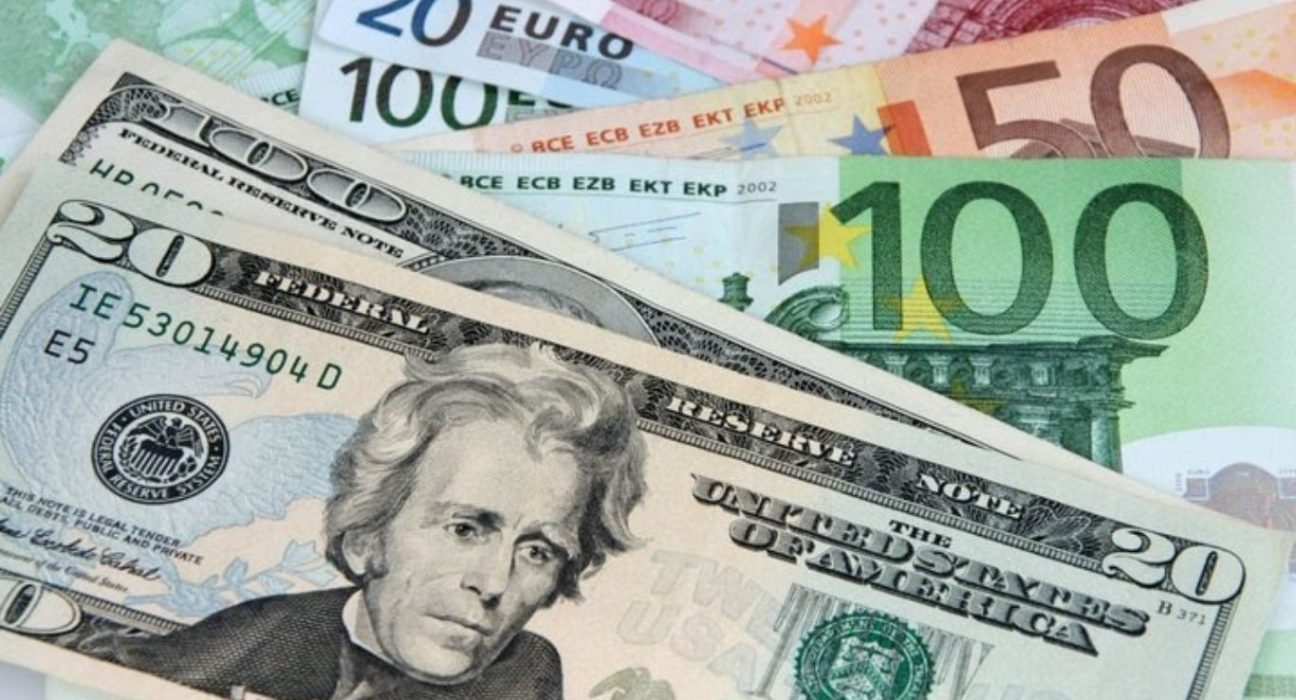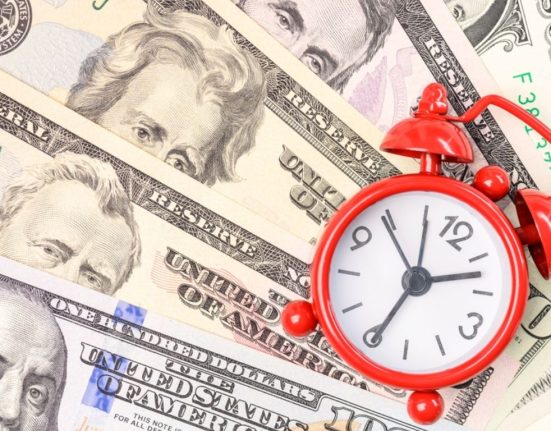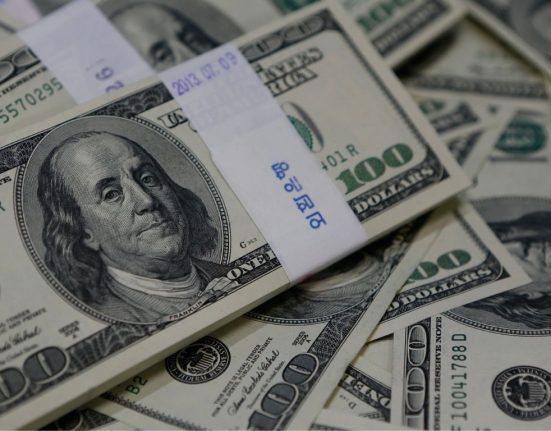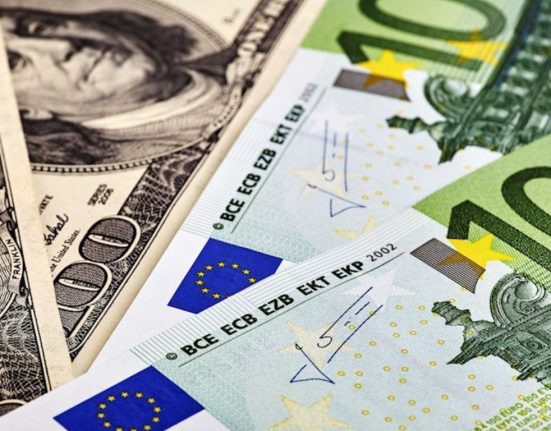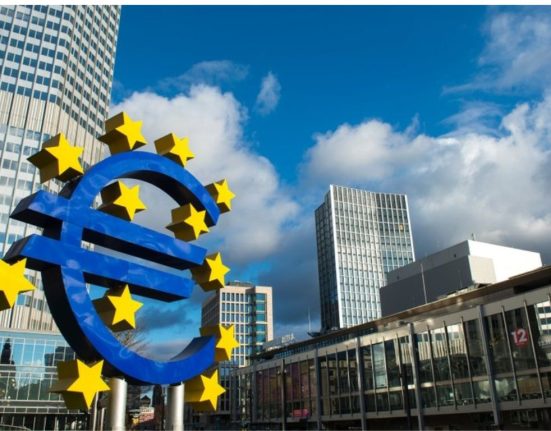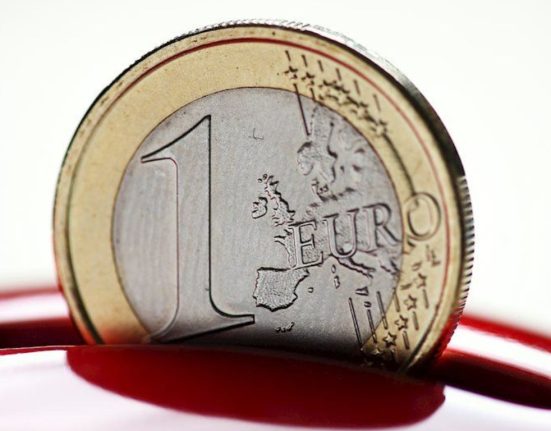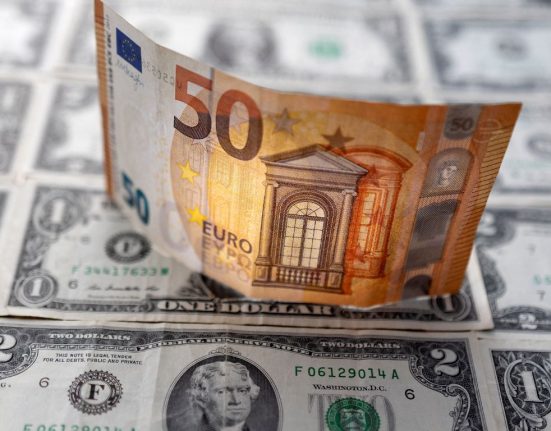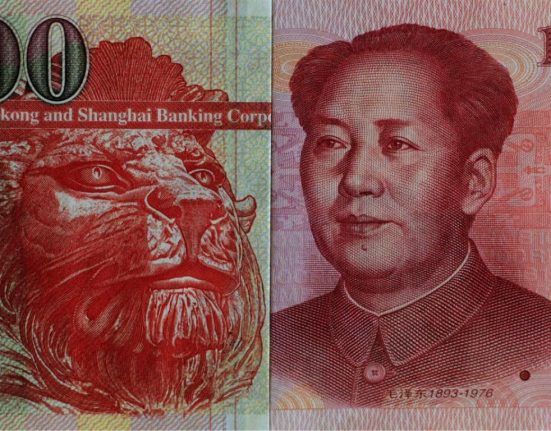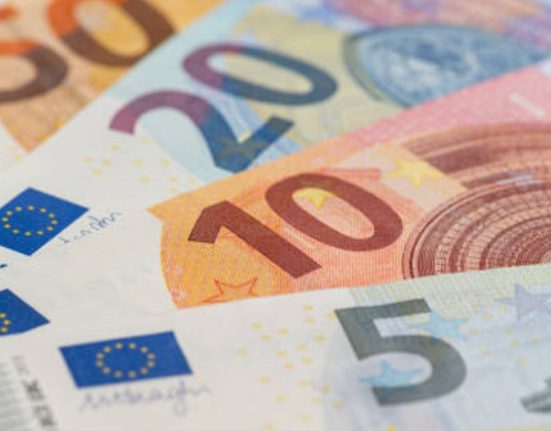The Euro has been on a rollercoaster ride in the currency market in recent months, but it seems to have found some support above the key hurdle at 1.1000 against the US Dollar. This move has come as a relief for investors who were worried about the Euro’s weakness amid concerns about the European economy and the European Central Bank’s monetary policy.
Reasons for Euro’s Comeback
There are several reasons for the Euro’s comeback above the crucial barrier of 1.1000 against the US Dollar. Firstly, the US Dollar has weakened against most major currencies due to the Federal Reserve’s dovish monetary policy stance. The Fed has signaled that it will maintain its accommodative policy for some time to support the US economy’s recovery from the pandemic. This has led to a decline in the US Dollar’s value, making it more expensive for foreign investors to buy US assets.
Secondly, the Eurozone economy has shown signs of recovery, which has boosted investors’ confidence in the Euro. The European Union has launched a massive stimulus package to support the member states’ economies, and the vaccination campaign is progressing well. The Eurozone economy is expected to grow by 4.4% in 2021, according to the European Central Bank.
Thirdly, the European Central Bank has signaled that it will maintain its accommodative monetary policy stance to support the Eurozone’s economic recovery. The ECB has kept interest rates at record lows and expanded its bond-buying program to provide liquidity to the market. This has helped to stabilize the Euro and prevent a further decline in its value.
Impact on Currency Market
The Euro’s comeback above 1.1000 against the US Dollar is significant for the currency market. It has provided some relief to investors who were worried about the Euro’s weakness and its impact on the global economy. The Euro’s strength is also positive for the European Union’s member states, as it makes their exports more competitive in the global market.
However, the Euro’s strength against the US Dollar could also create challenges for the European economy. A strong Euro could make the Eurozone’s exports more expensive, which could hurt its competitiveness in the global market. It could also lead to inflationary pressures, as imports become cheaper due to the stronger Euro.
Conclusion
In conclusion, the Euro’s comeback above the crucial barrier of 1.1000 against the US Dollar is a positive sign for the currency market. It has been driven by several factors, including the Federal Reserve’s monetary policy stance, the European Union’s stimulus package, and the European Central Bank’s accommodative policy. However, the Euro’s strength could create challenges for the Eurozone’s economy, and policymakers will need to monitor the situation closely. Overall, the currency market remains volatile, and investors need to stay informed about the latest developments to make informed decisions.
